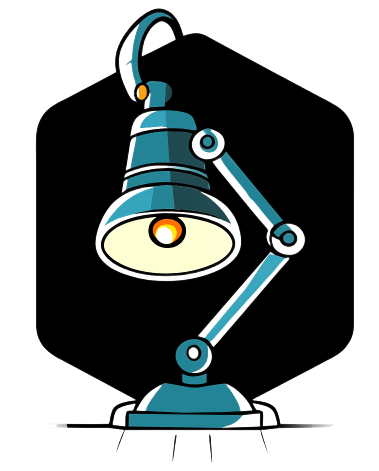To hide the Windows 10 taskbar, follow these steps:
- Explore the Taskbar section in the Windows 11 panel.
- Locate the Search option and toggle the switch next to it to OFF.
- In the currently displayed window, click on Personalization.
- In the left sidebar menu, find the Taskbar option.
- Below the label "Lock the taskbar on the right side of the screen," you will find a switch. Set this switch to Off.
Removing the taskbar in Windows 11 is as easy as follows:
- Open the Settings screen and select Taskbar behavior.
- In the dropdown menu that appears, check the box next to Automatically hide the taskbar.
To lower the taskbar, simply click on an empty area of the taskbar. While holding down the left mouse button, drag the taskbar to the desired position on the screen.
To remove the bottom bar, follow these steps:
- Right-click on an empty area of the taskbar.
- Select Properties from the corresponding menu.
- In the next window, select the Auto-hide checkbox and click OK.
Click on the third rectangular symbol next to a cursor at the top of the screen. This will disable the notification bar and navigation icons, if your device has them, at the bottom of the screen.
To move the Windows 11 taskbar to the top, follow these steps:
- Click on Personalization in the Settings section of Windows.
- In the new window, click on Taskbar.
- Finally, in the Taskbar alignment section, choose Left instead of Center.
The Windows 10 taskbar can be lowered by following these steps:
- Right-click on the taskbar.
- Select Settings.
- Click on the Disabled selector next to the Use small taskbar buttons option to enable it.
To remove the bottom bar on Android, follow these steps:
- Go to Display in the settings.
- Access the navigation bar.
- Enable the Show and hide button.
There are several methods to customize the Windows 10 toolbar:
- Right-click on the app icon and choose Add to taskbar.
- Search for the application in the Start menu, right-click, and select More > Add to taskbar.
